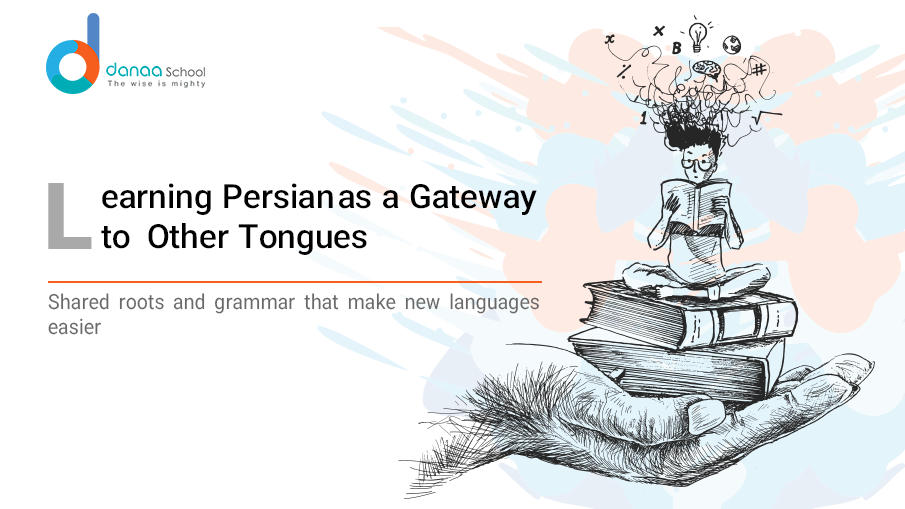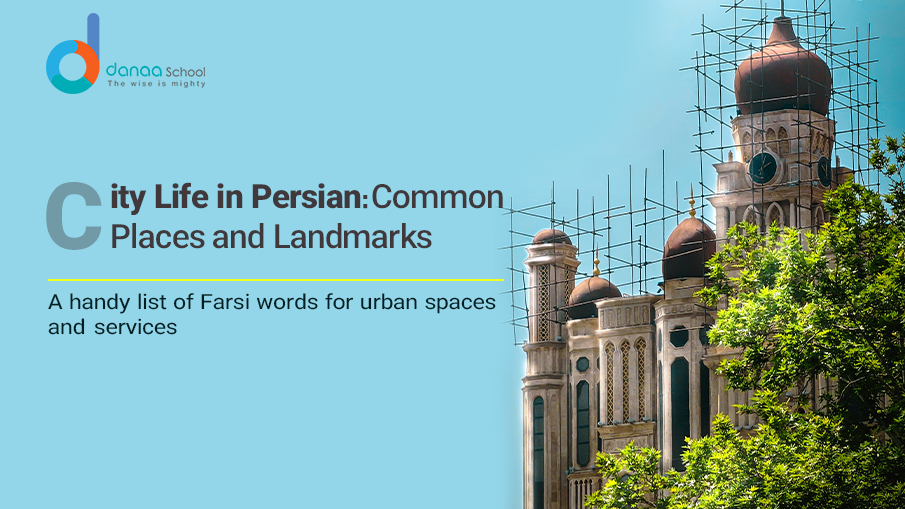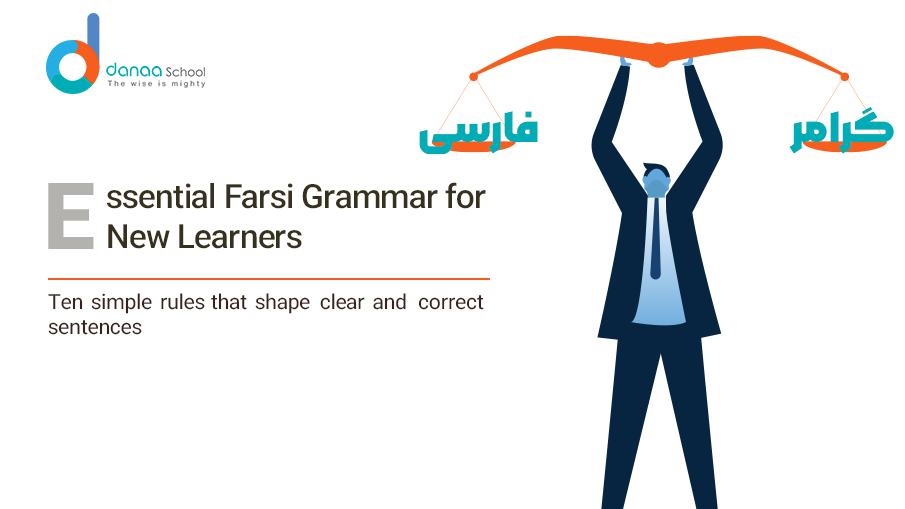Learning a new language is always an exciting journey, but did you know that Persian (Farsi) can unlock the doors to understanding several other languages? Persian is an ancient and influential language that has shaped many languages across different regions. By learning Persian, you can gain deeper insights into linguistics, history, and culture while making learning related languages easier.
In this article, we’ll explore how learning Persian can help you understand other languages, its shared linguistic roots, and its influence on different cultures.
The Connection Between Persian and Other Languages
Persian is an Indo-European language with a history spanning over 2,500 years. It has influenced and been influenced by many languages across Asia and Europe. Unlike Arabic, which belongs to the Semitic family, Persian shares its roots with languages like English, French, and Hindi.
Understanding Persian can help you recognize familiar patterns, grammatical structures, and vocabulary in other languages. This makes it easier to grasp multiple languages, particularly those with historical or geographical ties to Persian.
Shared Vocabulary: Persian, Arabic, and Turkish
Persians borrowed many words from Arabic due to historical and cultural exchanges, especially after the Islamic conquests. Similarly, Turkish has absorbed a large number of Persian words over centuries. If you know Persian, you will find it easier to recognize and understand many words in these languages.
Examples of Shared Words:
- Persian: کتاب (ketâb) – Book
- Arabic: كتاب (kitāb) – Book
- Turkish: Kitap – Book
This overlap makes Persian a helpful bridge between Middle Eastern and Central Asian languages.
Persian’s Influence on South Asian Languages
Persian was the language of administration, poetry, and education in South Asia for centuries, influencing languages like Urdu, Hindi, and Punjabi. Many Persian words and expressions remain in these languages today.
Persian Loanwords in Urdu and Hindi:
- Dastan (Story)
- Maktab (School)
- Dil (Heart)
Learning Urdu or Hindi becomes much easier if you speak Persian since most of their vocabulary comes from Persian.
How Persian Helps You Learn European Languages
Although Persian and European languages might seem distant, they share a common Indo-European ancestry. This connection is evident in basic vocabulary and grammar structures.
Similar Words in Persian and English:
- Madār (Mother) → Mother
- Barādar (Brother) → Brother
- Dokhtar (Daughter) → Daughter
By studying Persian, you develop an understanding of Indo-European linguistic structures, making it easier to learn languages like English, French, and German.
Persian and Its Similarities with Central Asian Languages
Persian has strongly influenced languages like Tajik and Uzbek, spoken in Central Asia. Tajik is a dialect of Persian written in the Cyrillic script, while Uzbek has many Persian loanwords.
Example Words in Persian and Tajik:
- Persian: دوست (dust) – Friend
- Tajik: Дӯст (dust) – Friend
If you plan to learn a Central Asian language, Persian will greatly benefit you.
How Learning Persian Improves Your Linguistic Skills
Learning Persian enhances your ability to recognize language patterns, making you a better language learner overall. Here’s how:
- Improved Memory: Persian has a unique script and structure that challenges your brain, improving memory and cognitive function.
- Stronger Understanding of Grammar: Persian grammar is logical and structured, making it easier to grasp other languages.
- Enhanced Pronunciation Skills: Persian’s vowel-rich system helps with pronunciation in other languages.
If you want to develop linguistic flexibility, Persian is an excellent choice.
Start Your Persian Learning Journey with Danaa School
Learning Persian can open doors to multiple languages and cultures. Whether you’re interested in history, literature, or expanding your language skills, Persian is an excellent choice.
At Danaa School, we offer structured online Persian courses taught by experienced instructors. Our classes are designed for beginners and advanced learners, ensuring an engaging and practical learning experience.
👉 Join Danaa School today and start your Persian learning journey!
FAQs
1. Is Persian a complex language to learn?
Persian is considered more straightforward than many other Middle Eastern languages because it has a simple grammar system and no gendered nouns.
2. How long does it take to learn Persian?
It depends on your dedication. You can reach conversational fluency in 6-12 months with regular practice.
3. Do I need to learn the Persian script?
While it helps, you can start with spoken Persian and later learn the script. The script itself is phonetic and not too tricky to master.
4. Can learning Persian help me understand Arabic?
Yes! Persian has many Arabic loanwords, so learning Persian will give you a head start in understanding Arabic vocabulary.
5. Is Persian useful outside of Iran?
Absolutely! Persian is spoken in Iran, Afghanistan (Dari), and Tajikistan (Tajik). It also helps in understanding Urdu, Hindi, and Turkish.
6. Does Persian have dialects?
Yes, but the standard form (Tehrani Persian) is widely understood across Persian-speaking countries.
7. How can I start learning Persian?
The best way is to enroll in an online course at Danaa School, where expert teachers provide structured lessons tailored for all levels.










